#therapoda
Text
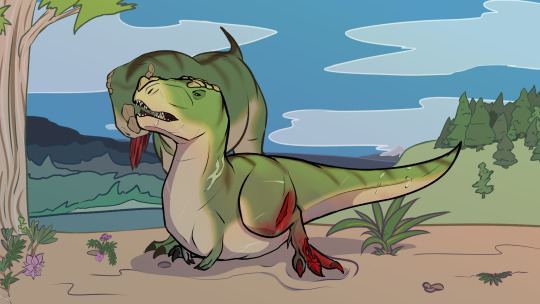
AWMM-IL 2022.21 “Barbara” is a Tyrannosaurus Rex skeleton unearthed from the Hell Creek formation in Montana, recently on display at New Zealand’s Auckland War Memorial Museum. She is best known for possibly being pregnant, assumed due to the presence of medullary bone tissue, and for a catastrophic metatarsal injury which would have rendered her unable to hunt while recovering and with a noticeable limp afterwards, but which was clearly healed. The implications of her survival through such an injury are fascinating, but any formal papers on Barbara will be long in coming as she has returned to her private owner since her exhibit closed at the end of 2023.
#paleoart#tyrannosaurus rex#tyrannosaurini#tyrannosauridae#tyrannosaurinae#therapoda#saurischia#dinosauria#chordata#animalia#eukaryota#Barbara rex
15 notes
·
View notes
Note
The Kyurangers are in the main universe... Kotaro and Tsurugi got a hold of the theory about Dinosaurs and Chickens being distant relatives.
(theory ba yun?)
Tsurugi: Holy Moly! This is a legendary discovery!
Kotaro: Is it tho?
Kotaro: There's a lot of dinosaurs...
Kotaro: If we're talking about the Trex... its too big to be an ancestor of the chickens...
Hiromu: Ack Chickens!
Tametomo: What's wrong with him?
Ryuji: Ah no!
Ryuji: We don't use the name of the animal we eat for christmas around Hiromu
Ryuji: He has alektrophobia.
Kairi: He's afraid of chickens?
Kairi: He's so afraid of chickens that he blue screens?
Yamato: That's enough!
Kotaro: I'm sorry for that.
Yamato: It's okay, Kotaro-kun, you didn't know.
Yamato: He just happened to be nearby when you and Tsurugi-san were discussing dinosaurs and chickens..
Leo: If he freezes up when he sees those birds...
Leo: Would he freeze up if he sees a dinosaur?
Yamato: Leo, no.
Leo: Hai...
Chickens aren't distantly related to dinosaurs... they ARE dinosaurs. Seriously, look at the dinosaur classification page on Wikipedia- Class Aves, aka birds, is right there as the only living class of Dinosauria. It's even in the same clade as the t-rex- Therapoda- though in different subcategories so chickens can't claim direct descent from the t-rex.
(Hilariously, this means that the Jetman were technically the first dinosaur Sentai... lololol)
Moreover... chickens, as delicious as their deep fried carcasses are, have not forgotten that they are dinosaurs. Think that they spend all their time clucking while pecking at the ground for chicken? Apparently... they can skeletonize a mouse in a feeding frenzy and maim each other just because.
All this to say, that Hiromu is entirely justified in his fears of the damned murderbirds.
2 notes
·
View notes
Text
i always have way too many wikipedia tabs open and theyre SOOO INDICATIVE of my personality lmfaooooo
my current wikipedia tabs are...
-green anacond
-atheris hispida
-thomson's gazelle
-glossary of climbing terms
-ornithopoda
-therapoda
-babylonian religion
-spacetime
-light
-tap dance
-fox
-raoellidae
-miranda priestly
-velociraptor
-chartreuse (color)
-synesthesia
-maniraptora
-troodontinae
-dromaeosauridae
-humboldt squid
1 note
·
View note
Text
1 note
·
View note
Note
imagine being blocked by clownstiel.. 😔 nah but fr therapoda has me blocked and i have no clue who they are but apparently their tags are funny and im missing out
AH that makes more sense bc harley only has like 4/5 ppl blocked and i couldnt imagine her having someone blocked that i didnt
the most recent prev i made from therapoda was the For Till Cock post and they just made a vague joke abt till lindemann of rammstein. the joke in my tags is just that ive met/ partied with/ kissed him but did not get as far as his For Till Cock. despite my efforts
0 notes
Text

Waterburg Plateau National Park, Namibia — Amazing animal sightings on our first day out. Greater kudu, warthogs, baboons, giraffes, steenbok, damara dik-dik, ostrich, banded mongoose all made their presence known. John spotted the first giraffe so he wins a coffee for that. Visited 190 million year old dinosaur footprints likely made by the large order of carnivore Therapoda.


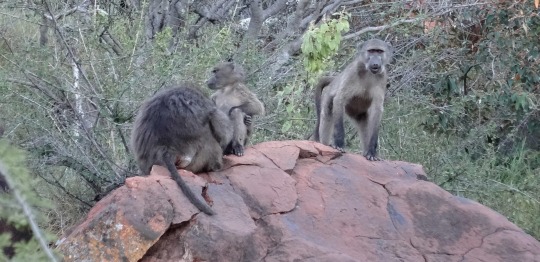
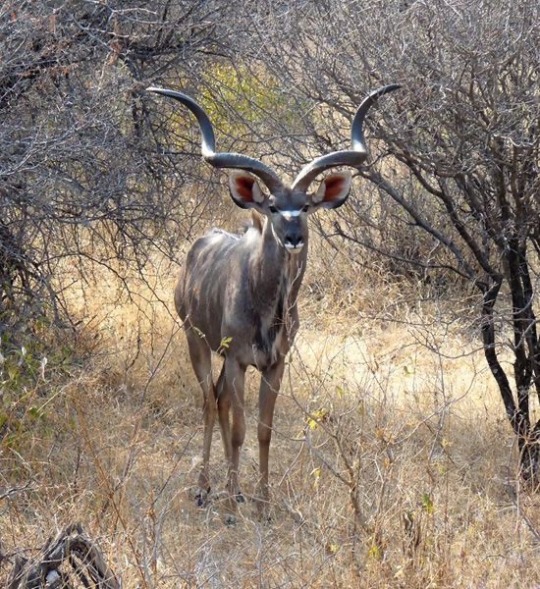

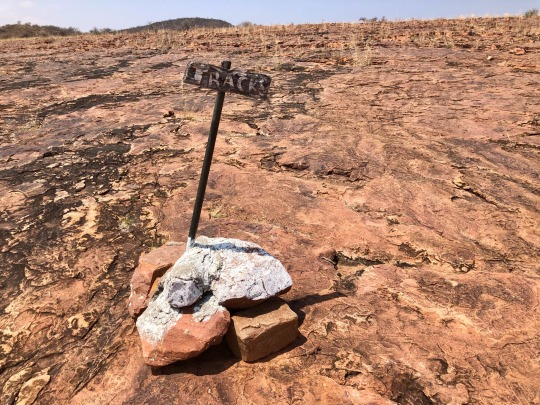


0 notes
Text

Feral pigeon (Columba livia domestica)
Photo by Maurizio Pontini Photography
#feral animal#domestic#feral pigeon#domestic pigeon#pigeon#columba livia domestica#columba livia#columba#columbini#columbinae#columbidae#columbiformes#columbimorphae#columbaves#neoaves#neognathae#aves#therapoda#archosauria#sauropsida#reptilia#tetrapoda#vertebrata#chordata
335 notes
·
View notes
Text
Thursday 17/6/21 - The Dinosaur Lip Debate
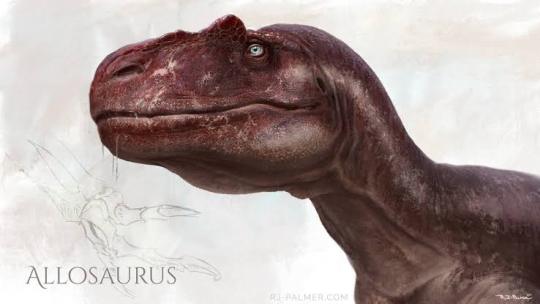
Allosaurus, RJ Palmer
Palaeontology is an ever evolving field. Every time a new fossil is found, or the technology to observe them improves, we find out something new about how the animals looked or behaved. As more details are filled in, the discussion has turned more toward soft body parts, such as the toes, and the face.
I know I said yesterday's post was my dinosaur post for the week, but I got an inbox from a reader asking if I could talk about the Lip Debate, so I thought I'd weigh in on what I know. Thanks for the suggestion @amphibious-owl.
Reptile Lips?
When I say the word lips, you'd immediately think of those luscious smoochers that a human has right? But the term "lip" refers to any fleshy, flexible covering of the teeth in vertebrate animals. Some existing reptile groups have lips, namely squamates (lizards and snakes), so it is possible that dinosaurs had them.

Green Iguana, Bottom Picture highlights Lips in Red
The problem is that the closest living relatives of dinosaurs, birds, have beaks instead. And while it is possible that beaks evolved from lips, the dinosaur's second closest living relatives, crocodilians, have lipless mouths, where teeth are visible when the mouth is closed. If they didn't have lips before diverging from crocodiles, they probably didn't evolve them and then lose them before getting to birds (as the argument goes). This is the start of the debate.

Top: Saltwater Crocodile, displaying the lipless condition
Bottom: Blue Jay, displaying a toothless beak
Reconstructions in Pop Culture
The debate is mostly about therapod dinosaurs, because many groups of herbivorous dinosaurs have beaks and rear teeth that would've been hidden by fleshy cheeks. I didn't mention the use of lips in dinosaur reconstructions during my earlier article, Your Dinosaurs Are Wrong, because different media have showed both the lipped and lipless condition in different dinosaurs. And at present, scientists aren't sure which is correct.
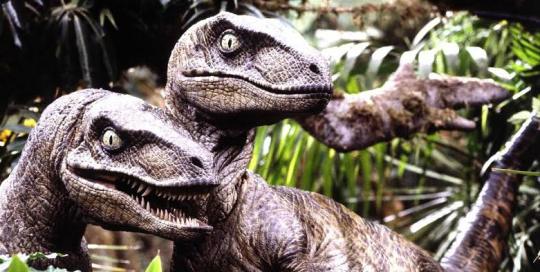
Top: Jurassic Park Velociraptor, reconstructed with fleshy lips
Bottom: Jurassic Park T.rex, reconstructed with exposed teeth
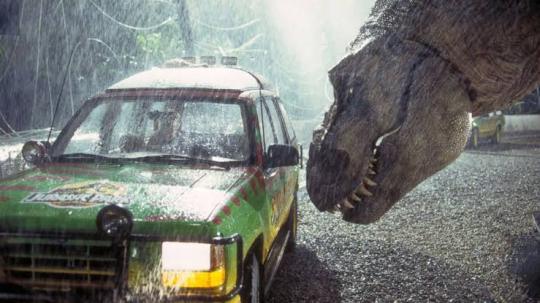
The Palaeontological Debate
• Phylogenetic Bracketing
As mentioned above, the two groups most closely related to extinct dinosaurs do not have lips. Because dinosaurs were bracketed between these two groups, it is easy to come to the conclusion that liplessness is an ancestral condition to all three. Inferring traits from both ancestors and descendants is called Phylogenetic Bracketing.

Comparison of Crocodile Jaws to Tyrannosaurus Jaws (Scott Hartman)
This particular argument has its counter, because the shape and placement of teeth on jaws of crocodiles and therapod dinosaurs differs greatly. Crocodile teeth are angled outwards, a specialisation for fish eating, and lips would get in the way. Dinosaur teeth are almost vertical relative to the skull, and the upper and lower teeth did not interlock at all.
• Jaw-bone Foramina
The debate has reached its head in recent years because palaeontologists have found that markings on the edges of the jaw bones of different animals can correspond to the presence of lips in a living animal. These holes, called labial foramina, allow for placement of blood vessels and nerves around the mouth of the animal. All vertebrate skulls have these, the question is on how numerous they are.

Labial Foramina on Tyrannosaurus, highlighted as red dots (Scott Hartman)
In crocodiles, there are many foramina around the teeth, and in several extant groups, this has coincided with exposed teeth. Some dinosaur groups, such as Tyrannosaurs and Spinosaurs, have lots of these foramina too, so some think this means that they had a crocodile-like face.
Other palaeontologists think that again, crocodiles are poor analogues because the surface of a crocodilian skull is rough in general (refer to the image previous) whereas therapod skulls are only rough around the jaws. These holes may indicate attachment points for fleshy coverings for the larger teeth as they overlap when the dinosaur closes its mouth.
• Variation within Therapoda?
The answer may not be as simple as a yes or no, but maybe a who did and who didn't. I mentioned above that Tyrannosaurus and Spinosaurs in particular have been selected as groups likely for liplessness, but maybe it was just that they were the outliers. Many therapods, including dromeosaurs (raptors) had a more conservative number of foramina, more aligning with the skulls of animals we do know had lips.

Top: Velociraptor Jaw Structure, Henry Osborn
Bottom: Lipped Velociraptor, John Conway

Spinosaurus in particular has been under scrutiny on its lips as of late, (but Spinosaurus is always under scrutiny). And although some have suggested it had lips, since it has a similar skull and lifestyle to crocodilians, maybe their fleshy faces were similar too.

3 different reconstructions of Spinosaurus Lips , MarkM98 on DeviantArt
What's the Right Answer?
To sum up this post, we just don't know yet. My personal take is that some dinosaurs may have had lips, and others were less likely to. But we cannot be 100% certain on any one species' lip condition until we find soft tissues preserved.
If you want to look further into the topic, here's a couple articles from people more educated on the topic:
Mark Witton; "Did Tyrannosaurs Smile like Crocodiles?"
Scott Hartman; "The Lip Post"
And here's a long-ish Youtube video also covering the topic, that I found very informative:
Ben G Thomas; "Did T.rex Have Lips?"
Thankyou for reading, and I hope that you found this post informative. I have a few more dinosaur-related posts on this blog, so happy reading.
111 notes
·
View notes
Note
Right you asked for this the other day so here we go, All 29 dinosaurs discovered this year
Therapoda
-Ceratosuchops, spinosaur found on the Isle of Wight
-Riparovenator, same as above [Anthem's Best Name Award]
-Ulughbegsaurus, Uzbekistani carcharodontosaur
-Pendraig, basal therapod from Pant-y-ffynnon, Wales
-Llukalkan, Argentian abelisaur
-Kurupi, Brazilian abelisaur
-Kansaignathus, Tajikstani dromaeosaur
-Shri, Mongolian dromaeosaur
-Ypupiara, unenlagiine dromaeosaur from Brazil
-Tamarro, Spanish troodontid
-Papilliovenator, Chinese troodontid
Ornithopoda
-Meneffeeceratops, ceratopsian found in New Mexico USA
-Sierraceratops, same as above, but a chasmosaur rather than a centrosaur
-Sinocephale, new name for Chinese Stegoceras species
-Spicomellus, ankylosaurian from Morocco, with spikes fused onto its ribs [Anthem's Funkiest Discovery Award]
-Tlatolophus, Mexican parasaurolophin hadrosaur
-Ornatops, New Mexican brachylophosaurin hadrosaur
-Yamatosaurus, basal Japanese hadrosaur
-Portellosaurus, Spanish hadrosauroid
-Fylax, Spanish hadrosauromorph
-Napaisaurus, Chinese iguanodontian
Sauropoda
-Australotitan, Australian titanosaur
-Hamititan, Chinese titanosaur
-Ninjatitan, Argentinian titanosaur [Anthem's Worst Name Award]
-Menucocelsior, another Argentianian titanosaur
-Arrudititan, Brazillian titanosaur
-Arackar, Chilean titanosaur
-Silutitan, Chinese euhelopodid
-Dzharatitanis, Uzbkistani rebbachiosaur
The fact that it's nearly the end of the year and i didn't hear about any of these before astounds me
Ty for telling me!
4 notes
·
View notes
Text
So, Wikipedia decided the animal which most represents Dinosauromorpha is the pigeon. (It’s also represents therapoda in other articles.)

https://en.m.wikipedia.org/wiki/Archosaur
3 notes
·
View notes
Note
re taxonomy: I would go further than "this happens all the time"; it's all but the freaking convention. Take any large, well-known group, say, aves (birds). There, you get av*, ornith*, and raptor*: aves, in ornithurae, in ornithuromorpha, in euornithes, in ornithothoraces, in avebrevicauda, in euavialae, in avialae, in paraves, in pennaraptora, in maniraptora, in maniraptoriformes, in maniraptoromorpha, in tyrannoraptora, in avetherapoda, in averostra. And that's not looking through therapoda.
To be fair, some of those names are slightly more descriptive (avialae = "bird wings"), but even those descriptions get repetitive (maniraptoriformes vs maniraptoromorpha).
I guess human language hasn’t optimized itself to come up with millions of unique roots suitable for a totally unambiguous system of cladistics, but this still bugs me on aesthetic grounds.
4 notes
·
View notes
Text
Dinosaur Tracks - National Monument NAMIBIA
occur on the Guest farm Otjihaenamaparero
The tracks occur in sandstones of the 190 million years old Etjo Formation. The sands formed these sandstones accumulated under increasingly arid conditions as wind blown dunes similar to the Namib Desert today.
Numerous reptiles lived in the interdune areas, but as the climate became drier, these animals were forced to concentrate near waterholes, small lakes and rivers fed by occasional rainfalls and thunderstorms. Inevitably, their feet left imprints in the wet sediment around the water. Later these imprints were covered by other layers of wind blown sand, and were preserved as trace fossils when the sand solidified into rock due to the pressure that built up as they were buried deeper and deeper.
At Otjihaenamaparero, two crossing tracks consist of more than 30 imprints with a size of approximately 45 by 35 cm. The longer tracks can be followed for about 28 meters. There is a distance of some 70 to 90 cm between individual imprints as well as some tracks comprising smaller imprints of about 7 cm length and spaced about 28 to 33 cm apart (Gührich, 1926).
All tracks show the form of a three toed, clawed foot very well, and from their arrangement it can be deducted that they were made by the hind feet of a bipedal animal.
Unfortunately, no body fossils of creatures that could be responsible for the tracks have been found in the area so far, and one can therefore only use comparison with other sites for identification.
Worldwide, about 900 dinosaur species are known through the finds of body fossils, however, only a few dozen footprint types have been discovered (Lockley, 1991).
From these it can be concluded that the dinosaur who left the footprints at Otjihaenamaparero possibly belonged to the large order of >THERAPODA <, which comprises all the carnivores.
The dimensions and the depth of the imprints suggest that the dinosaur had an appreciable size.
Due to the unfavourable changes in climate described above, it can be assumed that the animals became extinct not long after they left their footprints.
There are a number of localities in the Etjo Sandstone that contain dinosaur footprints, however, Otjihaenamaparero is the most impressive one. The site has been declared a < National Monument >, and the footprints are protected by law.
Age of the Dino-Tracks approx. 219 million years.
Big Tracks: > CERATOSAURIA <
Small Tracks: > SYNTARSUS <
Gührich, G. (1926): Über Saurier-Fährten aus dem Etjo-Sandstein, vom Südafrika. Palänt. z., 8(1), 112-120
0 notes
Text
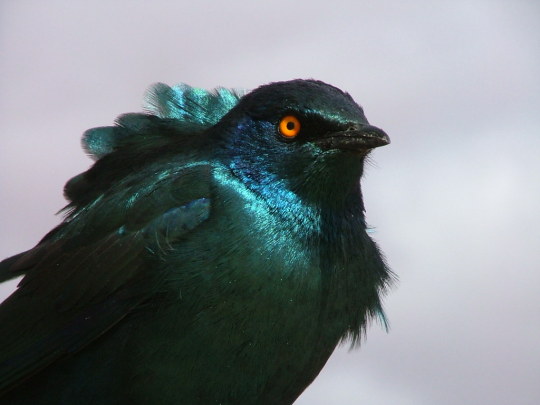
Burchell's starling (Lamprotornis australis)
Photo by GEO M I
#burchell's starling#lamprotornis australis#lamprotornis#sturnidae#muscicapoidea#muscicapida#passerides#passeriformes#psittacopasserae#eufalconimorphae#australaves#telluraves#inopinaves#neoaves#neognathae#aves#therapoda#archosauria#sauropsida#reptilia#tetrapoda#vertebrata#chordata
212 notes
·
View notes
Text

Cocoi heron (Ardea cocoi)
Photo by Fabrice Stoger
#predation#cocoi heron#ardea cocoi#ardea#ardeinae#ardeidae#pelecaniformes#aequornithes#ardeae#aequorlitornithes#neoaves#neognathae#aves#therapoda#archosauria#sauropsida#reptilia#tetrapoda#vertebrata#chordata
259 notes
·
View notes
Photo

Common raven (Corvus corax)
Photo by V.C. Wald
#id'ing#predation#common raven#corvus corax#corvus#corvinae#corvidae#corvoidea#passeriformes#eufalconimorphae#australaves#telluraves#inopinaves#neoaves#neognathae#aves#therapoda#archosauria#sauropsida#reptilia#tetrapoda#vertebrata#chordata
298 notes
·
View notes
Photo
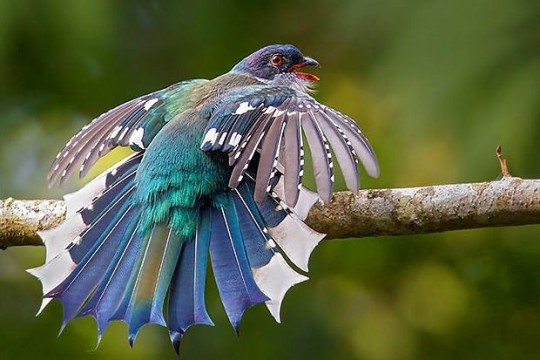
Cuban trogon (Priotelus tempuras)
Photo by JGarfein Photo
#cuban trogon#tocororo#priotelus tempuras#priotelus#trogonidae#trogoniformes#cavitaves#coraciimorphae#afroaves#telluraves#inopinaves#neoaves#neognathae#aves#therapoda#archosauria#sauropsida#reptilia#tetrapoda#vertebrata#chordata
372 notes
·
View notes